The Hospital of Tomorrow
How IoT Creates a Connected & Efficient Future
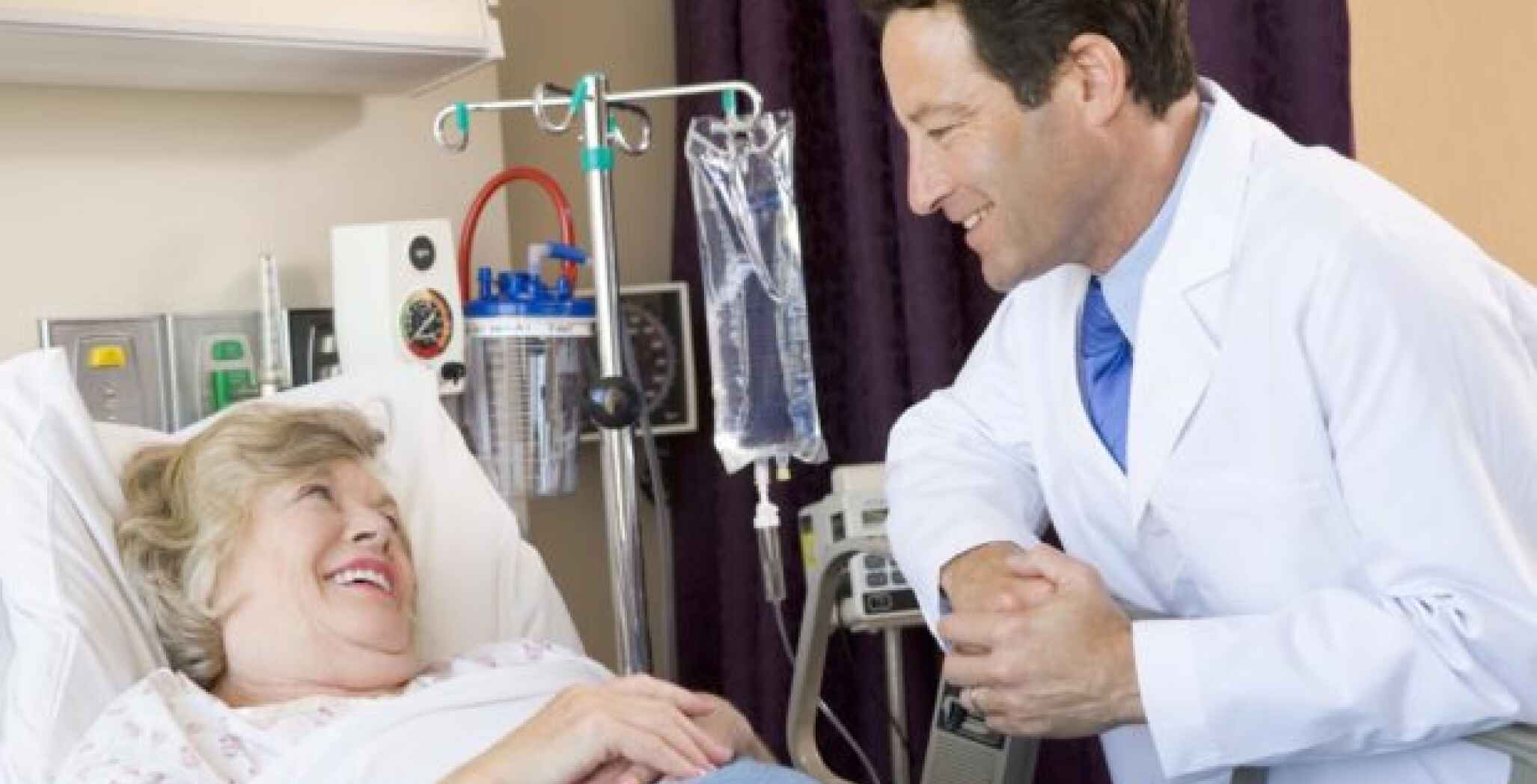
The healthcare landscape is undergoing a significant transformation, driven by the ever-evolving world of technology. One of the most impactful forces shaping this change is the Internet of Things (IoT).
IoT refers to the interconnectedness of devices that collect, transmit, and analyze data. In the context of healthcare, this translates to a network of sensors, wearables, and medical equipment that provide real-time insights and automate processes, ultimately leading to a more connected and efficient healthcare system.
Here's how IoT is revolutionizing hospitals
1. Enhanced Patient Monitoring
Imagine a future where we don’t just rely on occasional checkups for health monitoring. Continuous monitoring through wearable sensors could revolutionize healthcare by providing a wealth of real-time data on a patient’s vital signs. This could lead to several significant benefits:
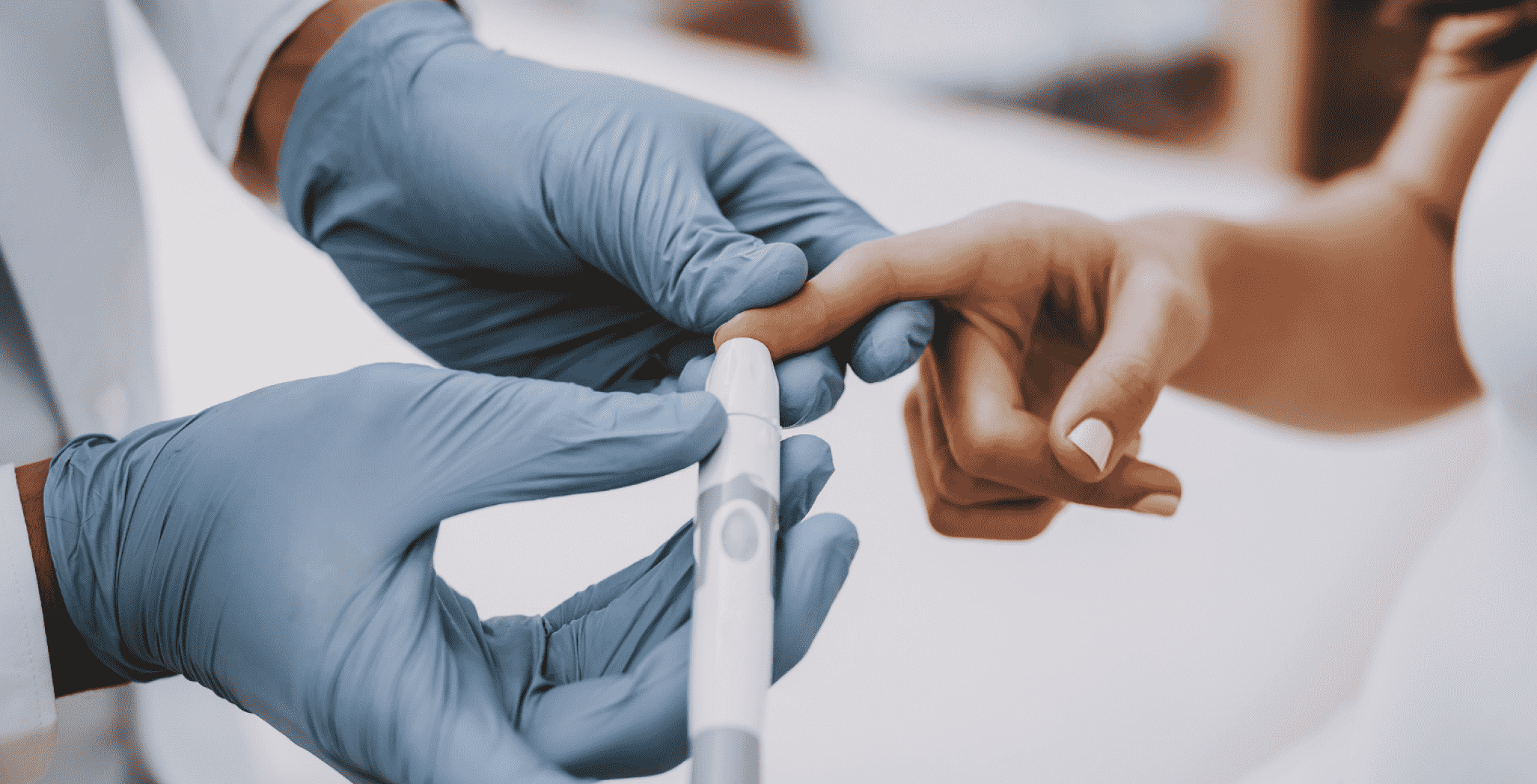
Early Detection of Complications
Real-time data
Instead of relying on infrequent checkups, wearable sensors can continuously monitor vital signs like heart rate, blood pressure, oxygen levels, and even blood sugar levels. This allows for the early detection of subtle changes that might indicate an impending complication.
Predictive analysis
Advanced algorithms can analyze the continuous data stream to identify patterns and trends that might signal the onset of a health issue. This could allow for early intervention before the condition worsens, potentially preventing serious complications and improving patient outcomes.
Proactive Intervention
Alerts and notifications
Wearable sensors can be programmed to send alerts to healthcare professionals or the patient themselves when vital signs deviate from normal ranges. This allows for immediate action to be taken, potentially preventing the need for emergency intervention.
Personalized care
The continuous data stream can be used to personalize treatment plans and medication regimens. Healthcare professionals can adjust care based on real-time patient data, leading to more effective and targeted interventions.

Improved Patient Outcomes
Reduced hospital stays
Early detection and intervention can prevent the need for hospitalization or prolonged stays.
Improved quality of life
Patients can be empowered to manage their own health more effectively with real-time data and personalized guidance.
Reduced healthcare costs
Early intervention and preventative measures can help to reduce the overall cost of healthcare by preventing complications and unnecessary hospitalizations.
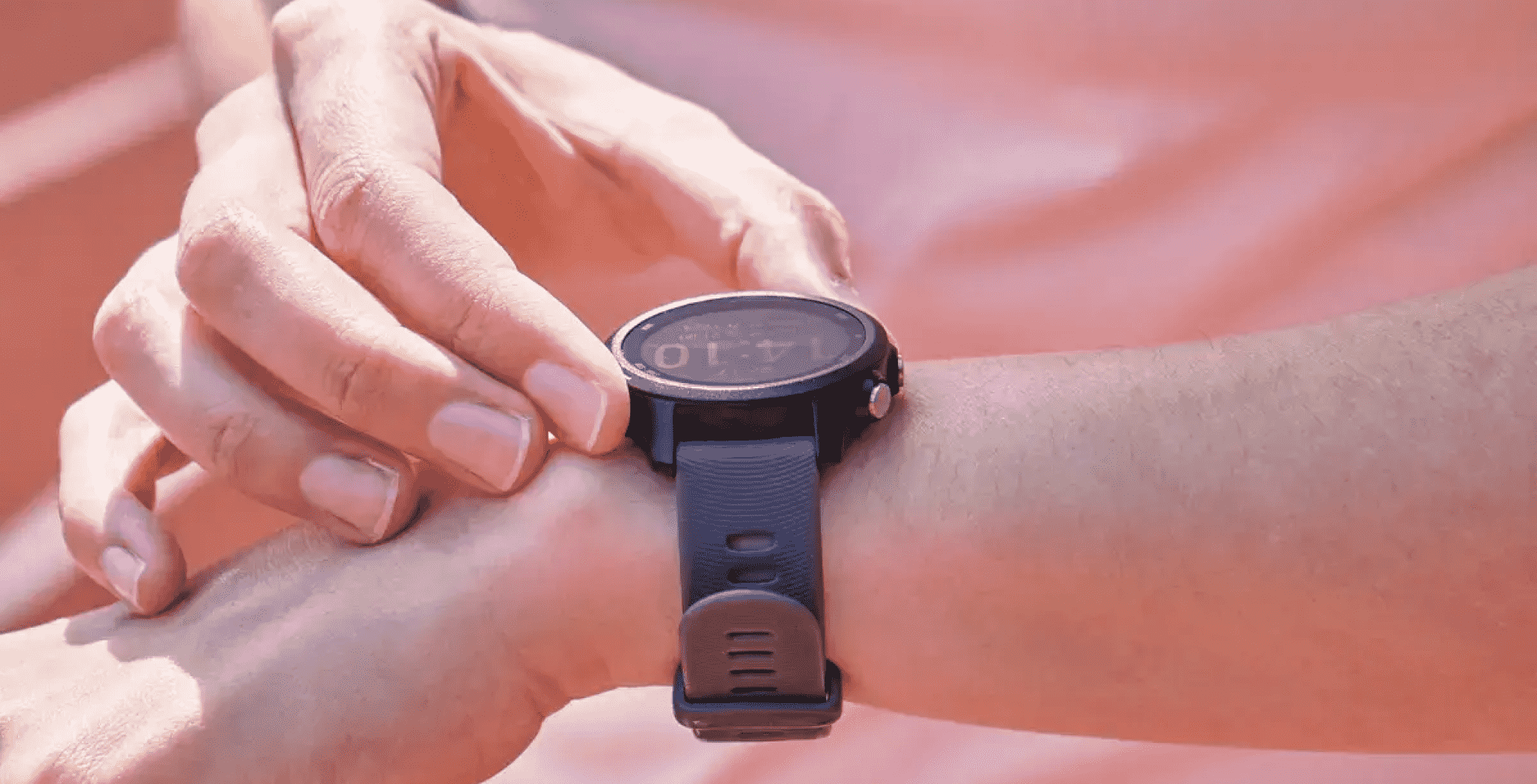
Examples of Wearable Sensors
Smartwatches
Many smartwatches already offer basic vital sign monitoring capabilities, such as heart rate and blood oxygen levels.
Smart patches
These adhesive patches can be worn on the skin and continuously monitor various vital signs, including blood pressure, temperature, and glucose levels.
Implantable sensors
In the future, even more advanced sensors could be implanted under the skin to provide even more comprehensive and continuous monitoring.

Challenges and Considerations
Data privacy and security
Ensuring the security and privacy of the collected health data is crucial.
Integration with healthcare systems
Seamless integration of wearable sensor data into existing healthcare systems is needed for effective utilization.
Patient comfort and acceptance
The wearability and comfort of the sensors are important for patient acceptance and adherence.
2. Streamlined Hospital Operations with IoT
The Internet of Things (IoT) has the potential to revolutionize hospital operations by automating various tasks and providing real-time data insights. This can lead to significant improvements in efficiency, resource allocation, and patient care. Here’s a breakdown of how IoT can impact different areas:
Inventory Management
Smart shelves and cabinets
Sensors track inventory levels of medical supplies and pharmaceuticals, automatically triggering alerts when stock needs replenishment. This reduces the risk of stockouts and ensures timely availability of critical items.
RFID tags
Attached to medical equipment and supplies, RFID tags enable real-time tracking and location monitoring. This helps prevent loss, optimize equipment usage, and streamline logistics.
Predictive analytics
Analyzing historical data on usage patterns and expiration dates, hospitals can anticipate future needs and optimize inventory levels. This minimizes waste and ensures sufficient supplies are always available.
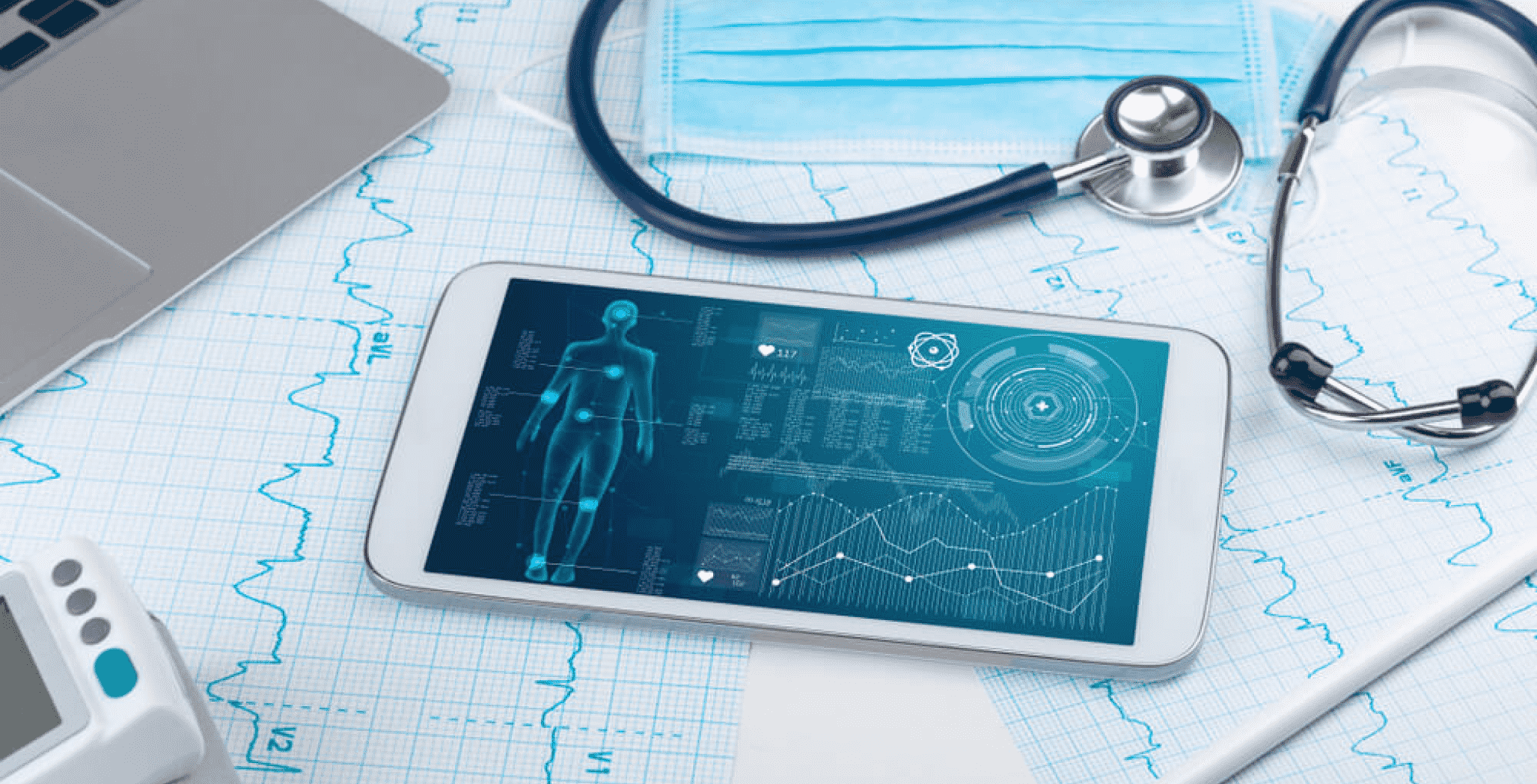
Equipment Tracking
Real-time location tracking
Sensors and RFID tags enable real-time tracking of medical equipment like wheelchairs, defibrillators, and IV pumps. This eliminates the need for manual searches and ensures quick access when needed.
Predictive maintenance
IoT-enabled sensors can monitor equipment health and performance, predicting potential failures before they occur. This allows for proactive maintenance, minimizing downtime and ensuring equipment reliability.
Asset utilization analysis
Tracking equipment usage patterns provides insights into which equipment is underutilized or overused. This helps hospitals optimize resource allocation and make informed decisions about equipment purchases.
Room Temperature and Lighting Control
Smart thermostats and lighting systems
Sensors automatically adjust room temperature and lighting based on occupancy and time of day. This improves patient comfort, reduces energy consumption, and creates a more sustainable hospital environment.
Remote monitoring and control
Hospital staff can remotely monitor and adjust room conditions through a central control system. This eliminates the need for manual adjustments and ensures consistent environmental conditions for patients.
Improved patient outcomes
Hospital staff can remotely monitor and adjust room conditions through a central control system. This eliminates the need for manual adjustments and ensures consistent environmental conditions for patients.
3. Remote Patient Care
IoT-enabled devices are revolutionizing the way chronic conditions are managed, empowering patients to take a more active role in their health and reducing hospital readmissions. Here’s a breakdown of how.

Types of IoT Devices
Relaxation techniques apps like Relax Melodies can be a haven for those seeking to reduce stress, improve sleep, or simply unwind after a long day. These apps utilize various methods to create a calming environment and promote a relaxed state:
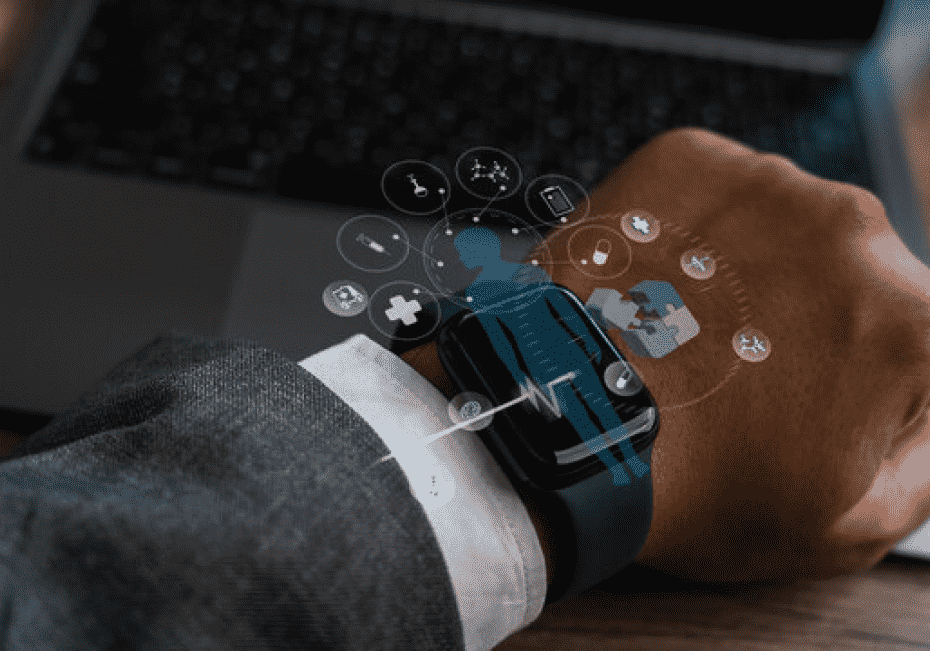
Wearable sensors
These devices continuously monitor vital signs like heart rate, blood pressure, oxygen levels, and sleep patterns. Examples include smartwatches, fitness trackers, and biosensors.
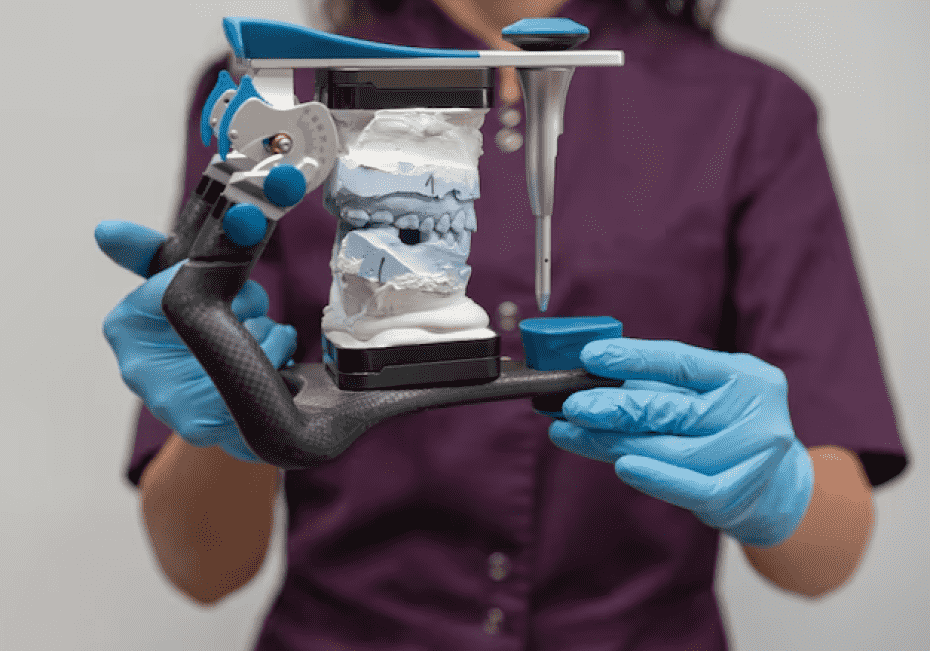
Implantable devices
For specific conditions, implantable devices like glucose monitors or cardiac rhythm monitors provide real-time data on patient health.
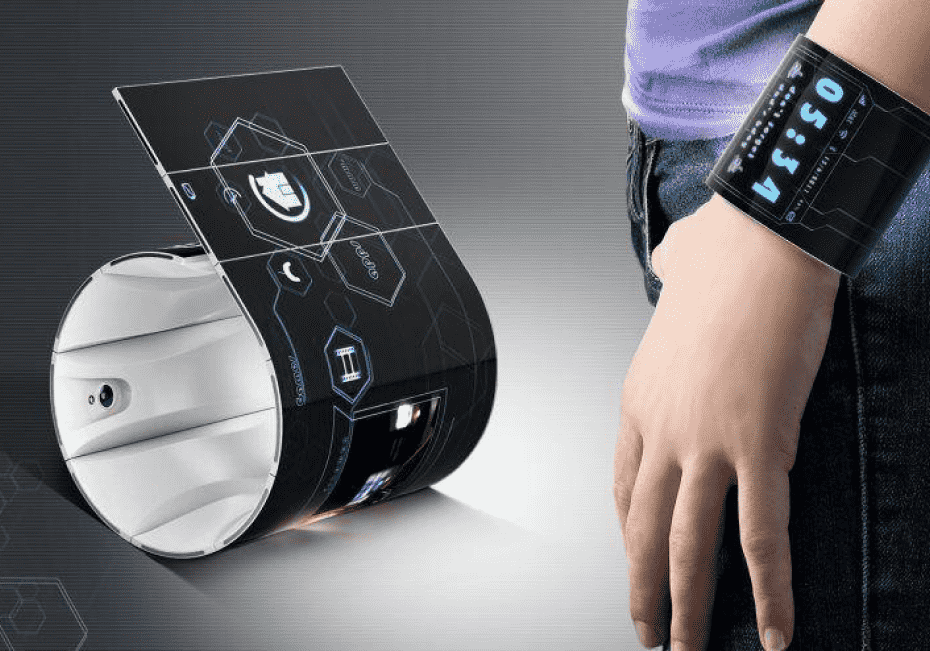
Smart home devices
These devices can track activity levels, medication adherence, and even environmental factors like air quality and temperature, providing a holistic view of patient health.
Benefits of Remote Monitoring
Relaxation techniques apps like Relax Melodies can be a haven for those seeking to reduce stress, improve sleep, or simply unwind after a long day. These apps utilize various methods to create a calming environment and promote a relaxed state:
Early detection of complications
Continuous monitoring allows for early detection of potential health issues, enabling timely intervention and preventing complications.
Improved medication management
Smart devices can track medication adherence and remind patients to take their medication, leading to better treatment outcomes.
Personalized care
Real-time data insights allow healthcare providers to personalize treatment plans and adjust medication dosages as needed.
Reduced hospital readmissions
Early detection of complications and proactive intervention can prevent the need for hospital visits and readmissions.
Patient empowerment
Patients can access their own health data and track their progress, leading to increased engagement and self-management of their condition.
Examples of Remote Patient Care
Chronic disease management
Patients with conditions like diabetes, heart disease, and chronic obstructive pulmonary disease (COPD) can benefit significantly from remote monitoring.
Post-operative care
Patients recovering from surgery can be monitored remotely, allowing for quicker discharge and faster recovery at home.
Mental health support
Wearable devices can track sleep patterns and activity levels, providing valuable insights for managing mental health conditions.
4. Improved Decision Making
The massive amount of data generated by IoT devices in healthcare presents a unique opportunity to improve clinical decision-making through AI-powered analysis. Here’s how:

Data Collection and Analysis
Real-time data
IoT devices provide continuous streams of data on patient vitals, medication adherence, environmental factors, and equipment performance. This real-time information allows for a more comprehensive understanding of a patient’s health and the overall hospital environment.
Big data analytics
AI algorithms can analyze this vast amount of data to identify patterns, trends, and correlations that might be missed by human observation. This helps uncover hidden insights and predict potential health issues.
Machine learning
Machine learning models can be trained on historical data to predict patient risk factors, disease progression, and potential complications. This allows for proactive interventions and preventative measures.
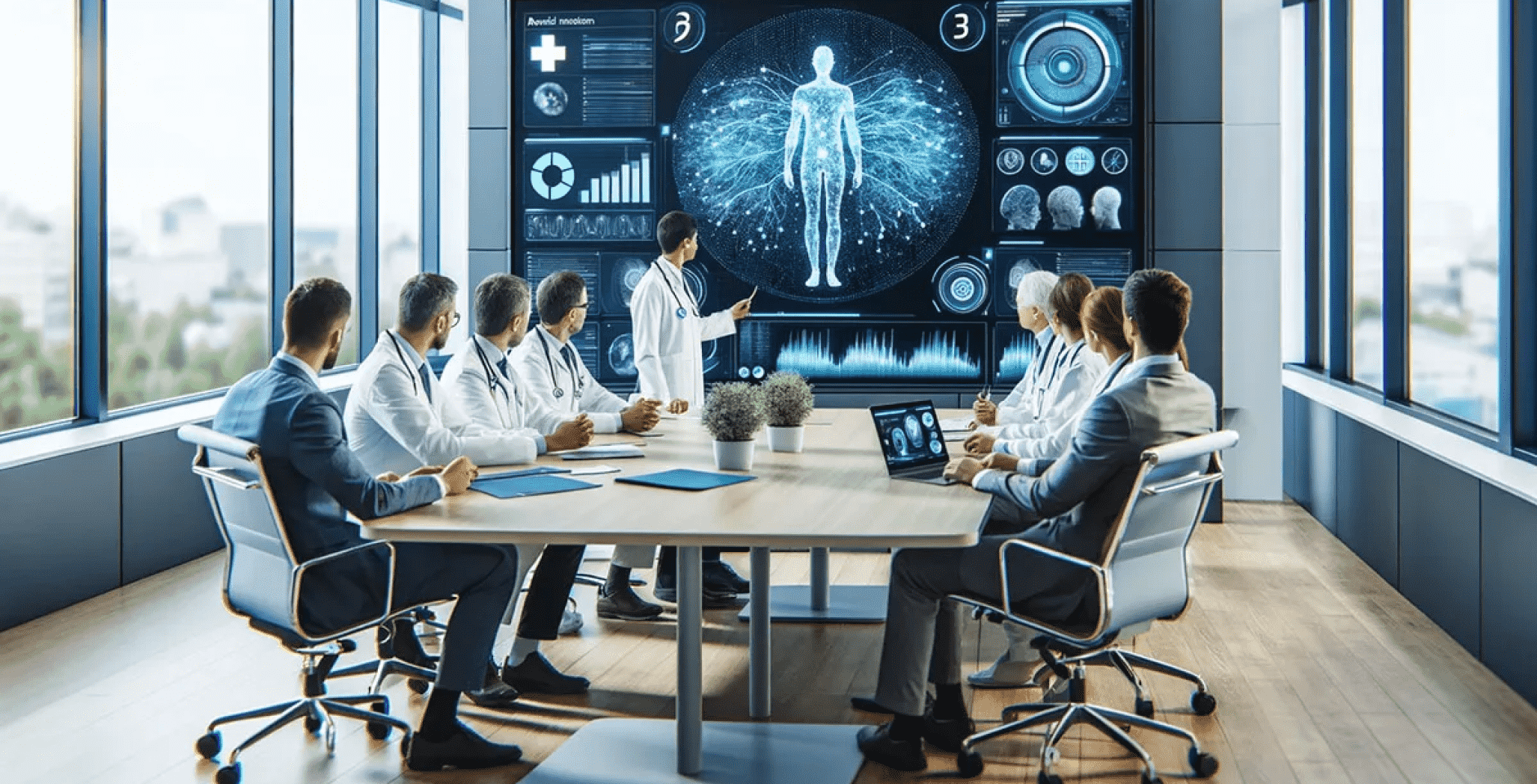
Benefits of AI-powered Decision Making
Personalized treatment plans
By analyzing individual patient data and medical history, AI can help healthcare providers tailor treatment plans to each patient’s specific needs and circumstances. This leads to more effective and targeted care.
Early diagnosis and intervention
AI can identify subtle changes in patient data that might indicate the early stages of a disease or potential complications. This allows for early intervention and improved patient outcomes.
Resource optimization
AI can analyze data on hospital resource utilization and patient flow to identify areas for improvement. This helps optimize resource allocation and improve operational efficiency.
Reduced medical errors
AI can assist in tasks like medication management and dosage calculations, minimizing the risk of human error and improving patient safety.
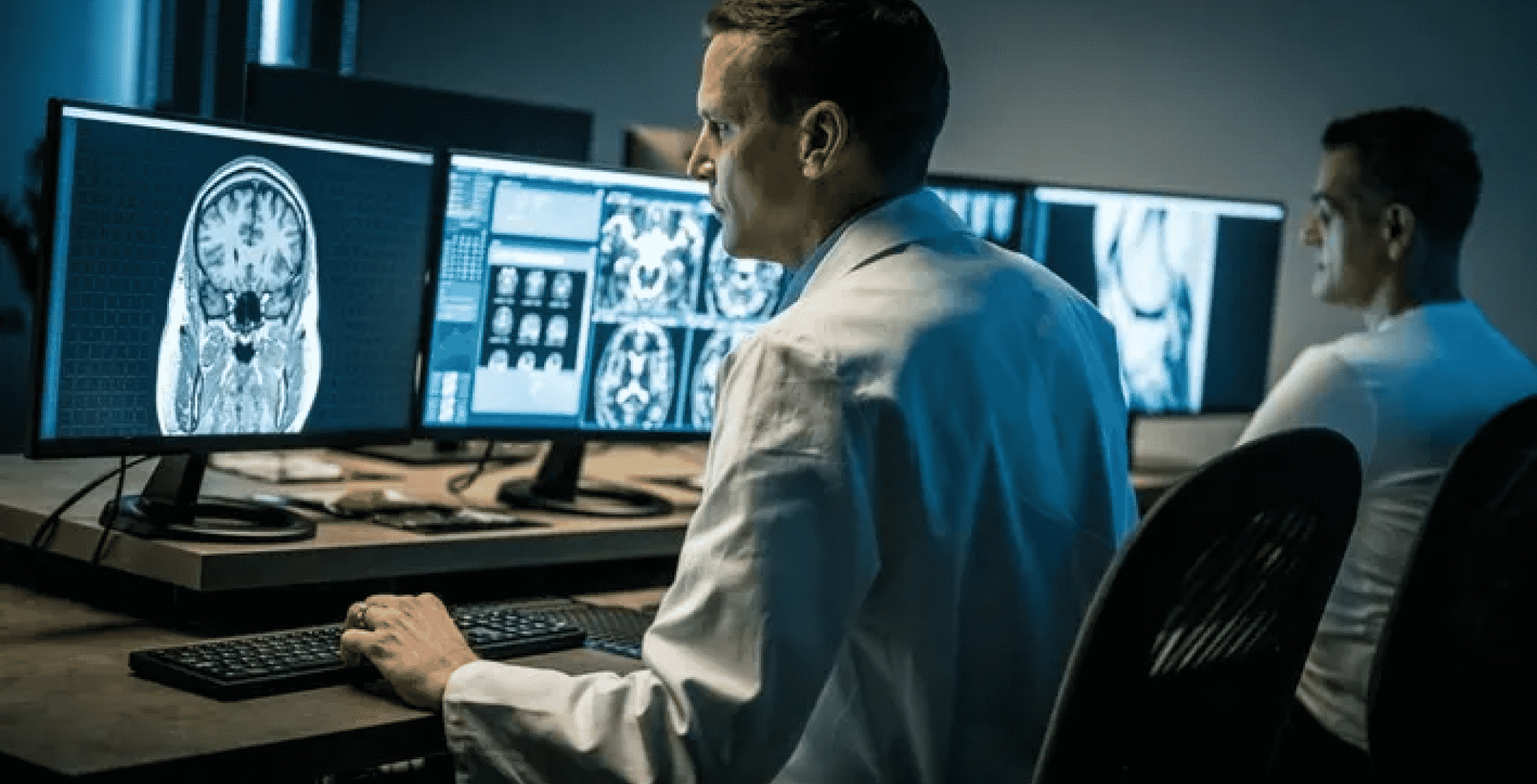
Examples of AI in Healthcare Decision Making
Predicting sepsis
AI models can analyze patient data to identify early signs of sepsis, a life-threatening condition, allowing for prompt treatment and improved survival rates.
Detecting medication interactions
AI can analyze medication data to identify potential interactions and adverse reactions, ensuring patient safety.
Optimizing hospital bed occupancy
AI can analyze patient data and hospital bed availability to predict patient flow and optimize bed allocation, reducing wait times and improving patient care.

5. Enhanced Patient Experience
IoT has the potential to significantly enhance the patient experience by creating a more comfortable, convenient, and personalized environment. Here’s a closer look at how:
Smart Hospital Rooms
Adjustable beds
Sensors automatically adjust the bed position based on the patient’s comfort level or medical needs, reducing the need for manual adjustments and improving sleep quality.
Interactive displays
Personalized information and entertainment options can be accessed through bedside displays, allowing patients to stay informed, connected, and entertained during their stay.
Environmental control
Patients can control room temperature, lighting, and even music through voice commands or mobile apps, creating a more comfortable and personalized environment.
Improved Communication and Access
Real-time patient monitoring
Wearable devices and sensors can provide continuous data on vital signs, allowing healthcare providers to monitor patient health remotely and respond quickly to any changes.
Telehealth consultations
Patients can connect with healthcare professionals virtually for consultations, reducing the need for in-person visits and improving access to care.
Enhanced Safety and Security
Fall detection
Sensors in beds and floors can detect falls and alert healthcare staff immediately, reducing the risk of injuries.
Medication management
Smart medication dispensers and tracking systems can ensure accurate medication administration and reduce the risk of errors.
Real-time location tracking
Wristbands or badges with embedded RFID tags can track patient location within the hospital, improving safety and staff efficiency.
The integration of IoT in healthcare is still in its early stages, but the potential is vast. As technology continues to evolve, we can expect even more innovative applications that further improve patient care, enhance operational efficiency, and ultimately transform the healthcare landscape.

Looking Ahead
At Hiteshi, we are committed to staying at the forefront of healthcare technology advancements. We believe that IoT has the power to revolutionize the way healthcare is delivered, and we are actively exploring and implementing innovative solutions to create a more connected and efficient future for hospitals.

Join the conversation
How do you think IoT will impact the future of healthcare? Share your thoughts in the comments below!
